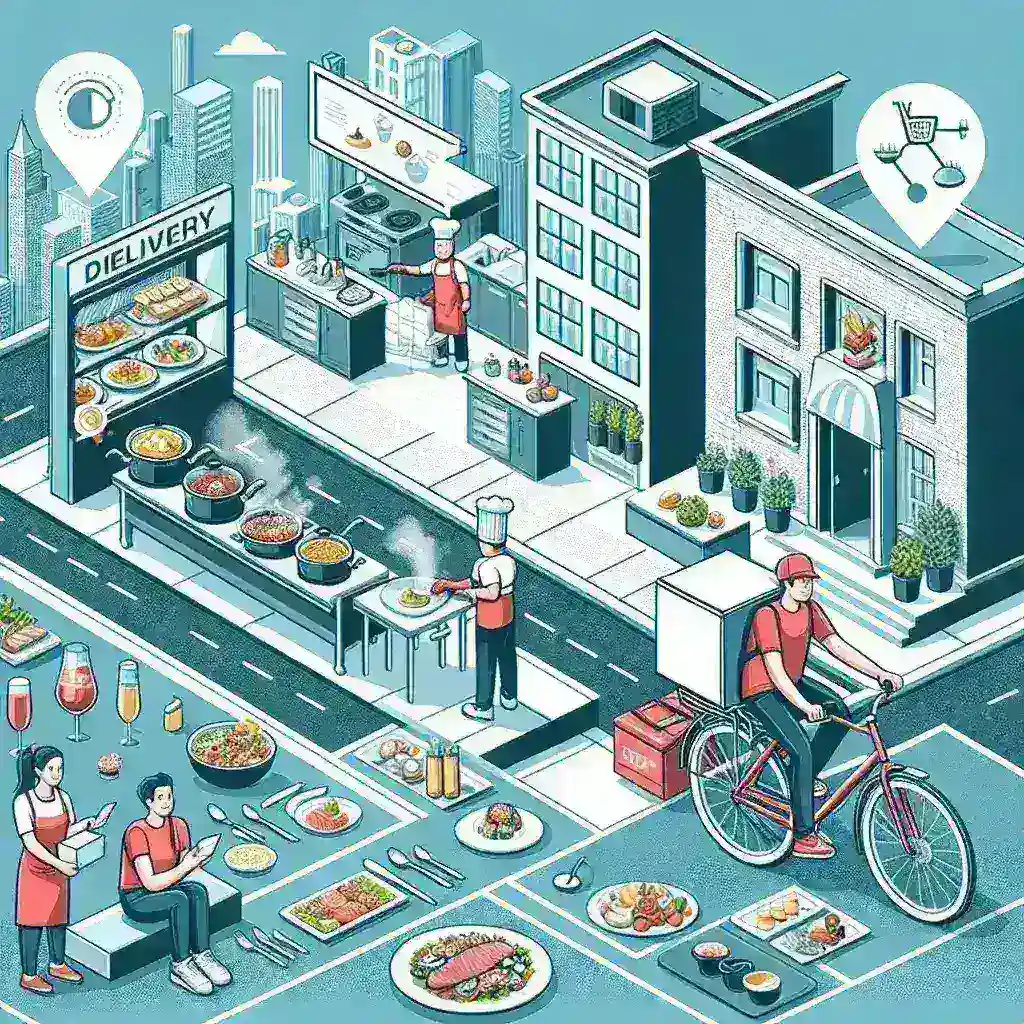Uber Eats Integrates Order Tracking with Real-Time Kitchen Status
In the fast-evolving landscape of food delivery services, Uber Eats has consistently pushed the boundaries of technology to enhance user experience. One of the latest innovations from the platform is the integration of order tracking with real-time kitchen status, a feature that promises to revolutionize the way customers interact with their meal deliveries. This article delves into the significance of this integration, its advantages, potential drawbacks, and what the future might hold for Uber Eats and its users.
The Need for Integration
As demand for home delivery services continues to grow, users increasingly expect greater transparency and efficiency in their orders. Historically, one of the main grievances among food delivery customers has been the lack of information regarding the status of their orders, leading to confusion and frustration. With this in mind, Uber Eats’ decision to integrate order tracking with real-time kitchen status comes as a timely solution to address these concerns.
How the Integration Works
At its core, the integration allows customers to receive updates not only on their delivery status but also on the status of their food preparation. When an order is placed, users can track it through the Uber Eats app, which now displays real-time notifications about each stage of the process:
- Order Confirmation: After placing an order, customers receive instant confirmation, enhancing the feeling of reliability.
- Food Preparation: Users can view updates on the cooking status of their meals, providing insights into when the food is ready.
- Delivery Status: Once the food is prepared, customers are notified about the estimated arrival time, alongside the driver’s location.
The Advantages of Real-Time Updates
The integration of order tracking with real-time kitchen status offers several notable benefits:
- Enhanced Customer Experience: By knowing exactly where their food is in the preparation and delivery process, customers can feel more engaged and informed.
- Reduced Anxiety: The uncertainty associated with waiting for food deliveries is diminished, leading to a more satisfying customer experience.
- Improved Communication: Regular updates help in managing customer expectations, reducing the frequency of inquiries regarding order status.
Potential Drawbacks
While the integration comes with many benefits, there are also potential drawbacks to consider:
- Technical Issues: The success of this feature largely depends on the accuracy of the kitchen’s operational systems. Any technological glitches could lead to inaccurate updates.
- Privacy Concerns: Sharing real-time data may raise privacy issues for both customers and restaurants.
Historical Context and Evolution of Food Delivery
The food delivery industry has undergone significant transformations over the years. From traditional pizza deliveries to the rise of app-based services, the landscape has changed dramatically. The integration of real-time tracking can be seen as a natural progression in this evolution, aligning with broader trends towards transparency and efficiency in service sectors.
Future Predictions
Looking ahead, the integration of order tracking with real-time kitchen status could potentially pave the way for even more sophisticated features. Innovations such as:
- AI-Powered Tracking: Utilizing artificial intelligence to predict delays or improve delivery routes.
- Interactive Kitchen Displays: Allowing customers to see live feeds from kitchens as their food is being prepared, enhancing transparency.
Real-World Examples
Many restaurants have already started to adopt kitchen status updates within their own apps, drawing inspiration from Uber Eats. For instance, some major chains have implemented similar systems, leading to increased customer satisfaction and loyalty.
Cultural Relevance
In today’s fast-paced society where convenience is key, the integration of order tracking with real-time kitchen status reflects a broader cultural shift towards immediate gratification. This integration not only meets consumer expectations but also reinforces the importance of technology in everyday life.
Statistics and Expert Opinions
According to recent surveys, over 70% of consumers prefer services that offer real-time updates regarding their orders. Industry experts suggest that as customer expectations evolve, companies like Uber Eats must continually innovate to maintain competitiveness.
Conclusion
The integration of order tracking with real-time kitchen status represents a significant step forward for Uber Eats in enhancing user experience. By prioritizing transparency and communication, Uber Eats not only addresses customer pain points but also strengthens its position in the competitive food delivery market. As technology continues to evolve, so too will the capabilities of platforms like Uber Eats, ensuring that convenience and customer satisfaction remain at the forefront of their services.





